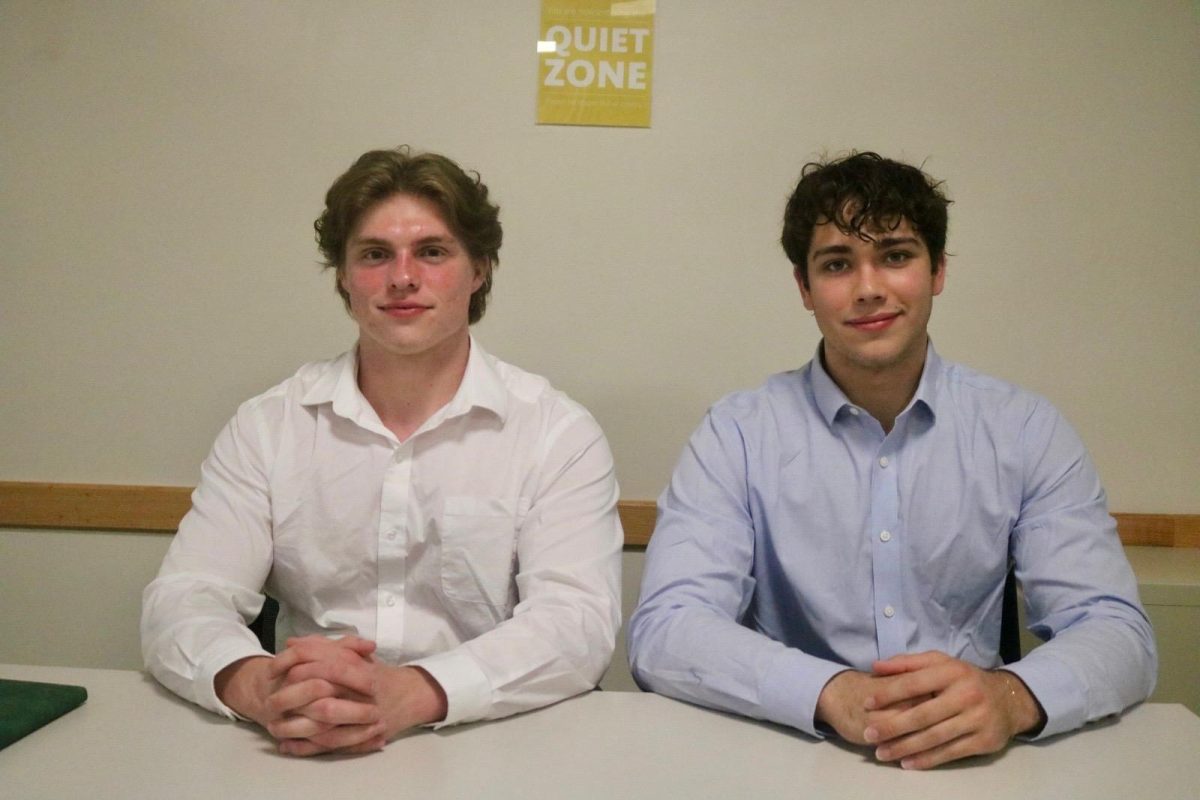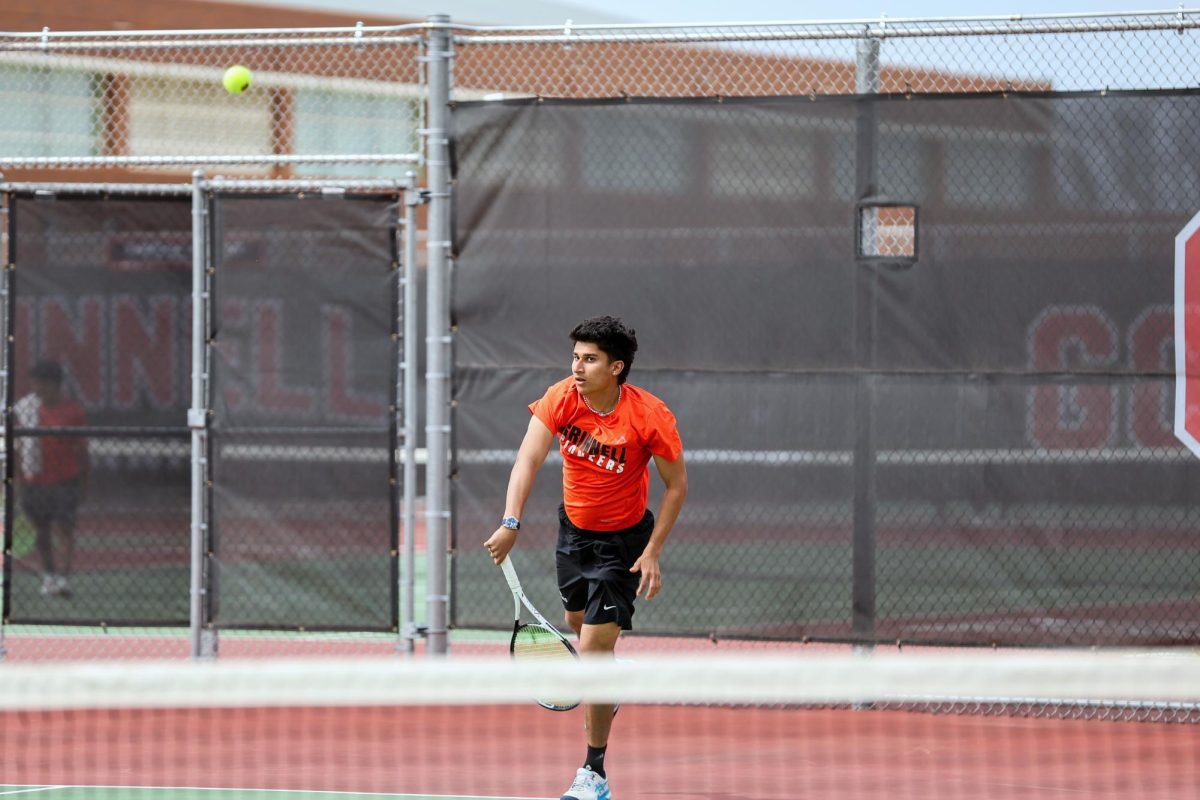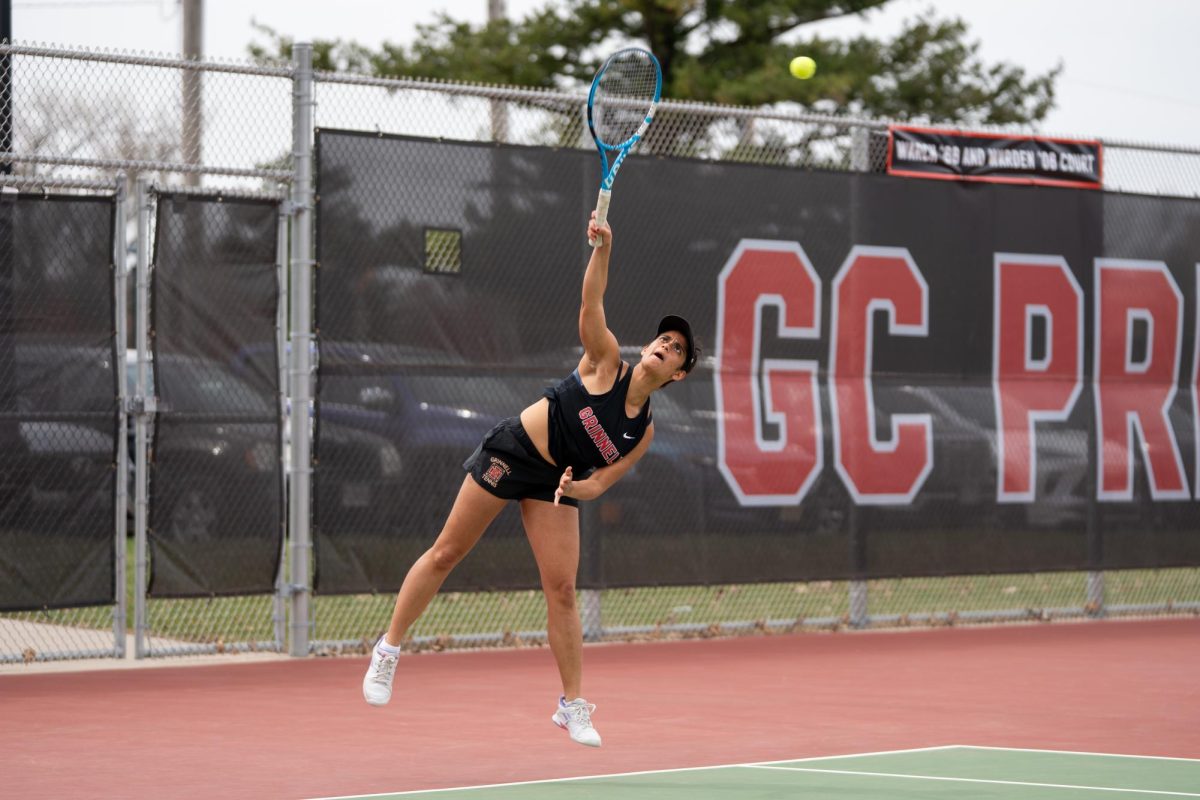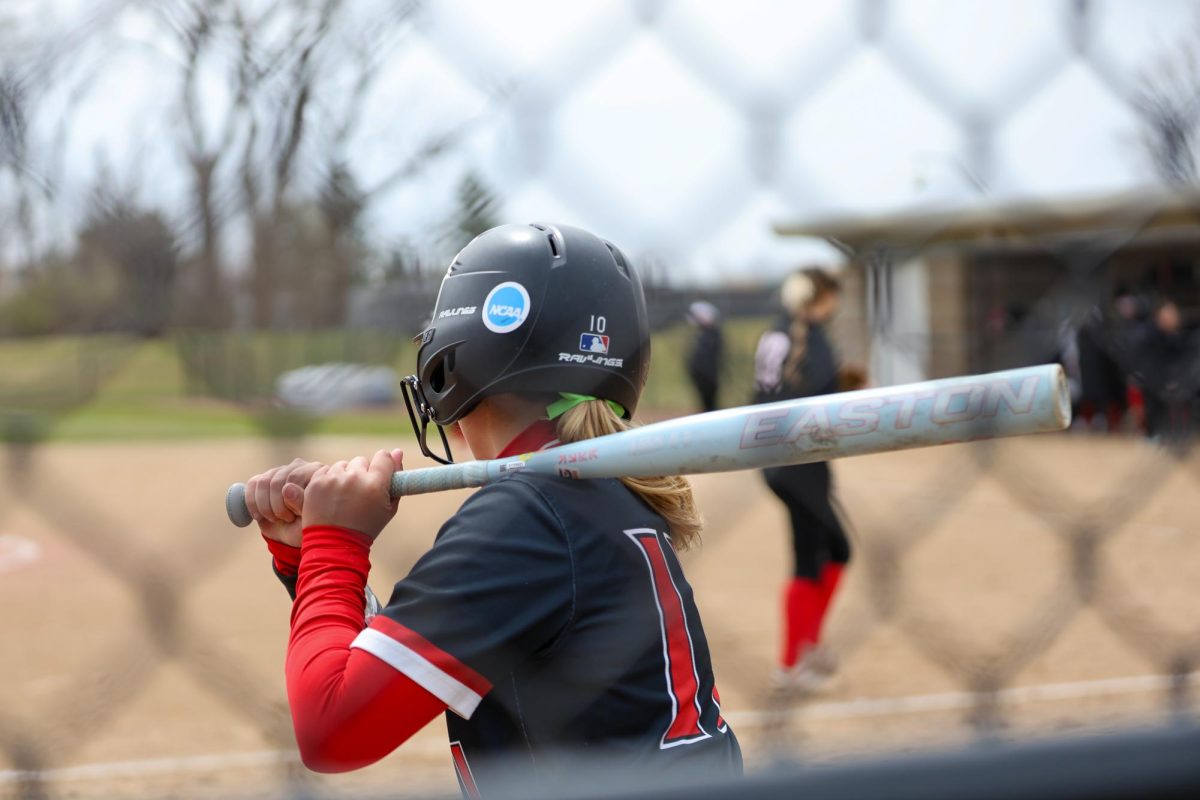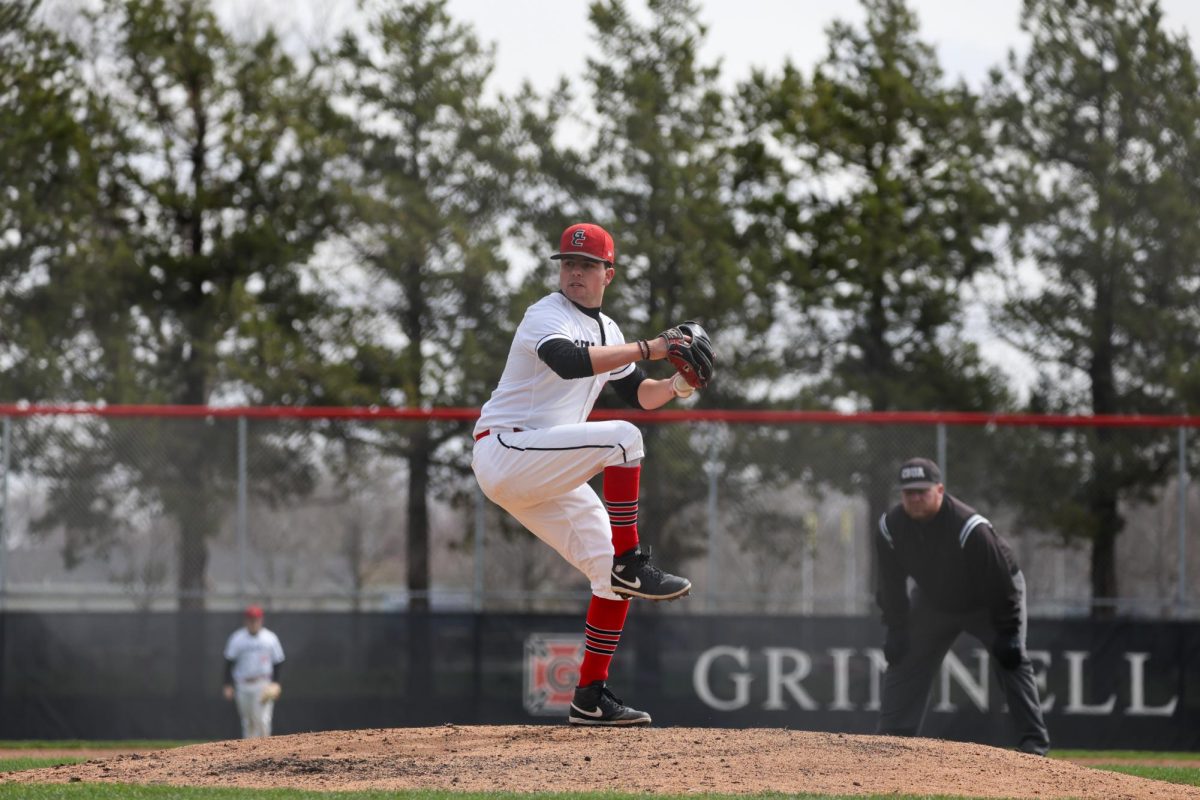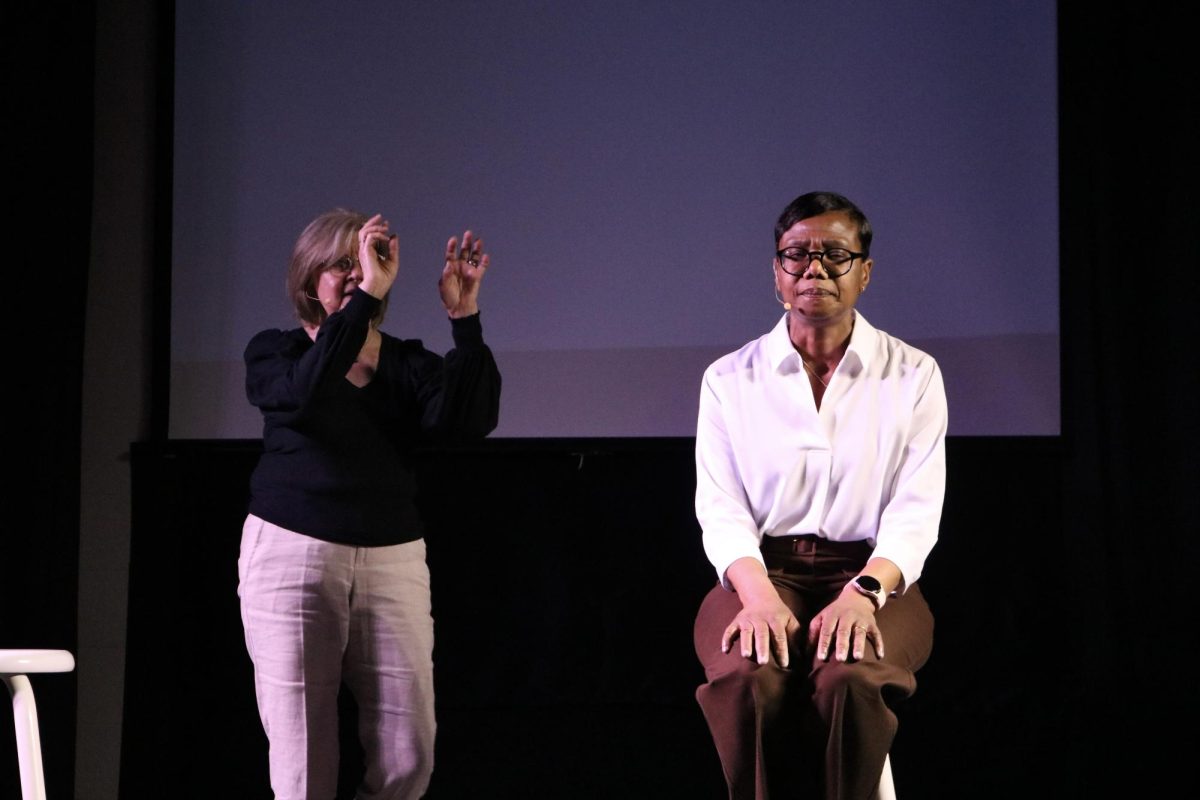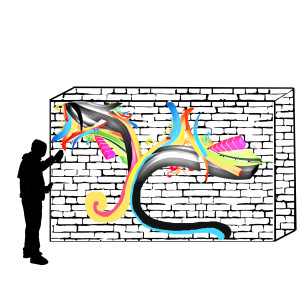
Dave Loewenstein ’88, an artist best known for his murals all over the world, was featured in the documentary “Called to Walls” by filmmakers Amber Hansen and Nicholas Ward. Tonight at 7 p.m. the three will have a panel discussion followed by a showing of the film at 8 p.m., both in ARH 302. Loewenstein spoke to the S&B’s copy editor Lily Böhlke about his art and inspiration post-Grinnell.
The S&B: How did you get started painting murals?
Loewenstein: I’d actually been making landscape paintings for years, since I’d been at Grinnell. I grew up in Chicago and when I came to Iowa, I was really fascinated with this new experience, with rural life and with farming. When I came to the University of Kansas, I realized that as much as I liked the paintings I was making, I didn’t really like how they lived outside of the studio. … I was thinking about how I could have an impact with more people, and especially folks who wouldn’t ordinarily go to an art gallery or museum, and that lead me [on] a journey to the community-based mural movement, which really started in the late 1960s and came out of the civil rights movement as a way of putting art servicing social justice. … I started to learn about what that movement was about and just dipped my toe in the water in Lawrence, Kansas, where I still live, started organizing a few little projects to see if this was something that I could do and others would respond to. That was 25 years ago.
What does it mean to you to be able to bring art to communities?
We all bring our experience and our skills and perspectives, but it’s more of an exchange. I think it taps into a need for all of us to have a means of expression in a public realm where we can talk about the things that really matter to us and not just debate about them at city hall, or on the comments page of an online newspaper article, but to translate those conversations into artworks that can dig deeply into their meaning and significance for us.
How do you decide what projects to work on and where to do them?
Part of it is entirely practical — I’m an old-time artist, I don’t have an academic position and I don’t have another job. I’m doing all sorts of different projects; some of them are murals, which probably is what I’m best known for. What I try to do is say yes to the projects that interest me most in terms of the communities I would be working with, the needs expressed by the folks who are there and then I try to sort out how to make a living. … I hesitate to do and haven’t had to do commercially-oriented work. I hold myself to a high standard in terms of what projects I work on.
How did the documentary you’re in, “Called to the Walls,” come together?
Amber Hansen and Nicholas Ward are artists who I knew a little bit. I had done a few murals, I was about ready to start the six-day project that is portrayed in the film and I always bring along assistants as a way of helping out but also passing on the knowledge of how to do these projects. They came with me to Tonkawa, Oklahoma, to do this mural project. They were sort of blown away by their experience, I guess, and as artists and filmmakers they started to document what was happening. It took a while, and it wasn’t until the second or third project [that] they committed to doing a feature film, and then it was another four or five years before it was finished. It premiered at the end of February.
You talked about doing landscape paintings while you were here at Grinnell. Were there any other ways that your time at Grinnell influenced your work?
Oh my god, the Grinnell question. I’ve thought about that a lot. I did a community mural with folks from the College and the alternative high school, which is by the park downtown. I wasn’t a great student, grades-wise, but I think Grinnell had a big impact on me. … The environment of Grinnell is dynamic and an open exchange of ideas — sometimes it can be very contentious — but really digging into things deeply was an inspiration for me and I think allowed me, somebody who wasn’t that outgoing, to test those waters. … Back in the days when I was there, we were pressuring the administration to divest from South African holdings, you know, it’s always something, especially with a billion dollar institution. … I think now about Grinnell in more complicated ways because it is such a wealthy institution, [but] it’s smack-dab in the middle of this rural part of Iowa, and I know there are some efforts to be thoughtful and aware about that. I still love the place and my memories of it but my feelings about it shift and change over time.































